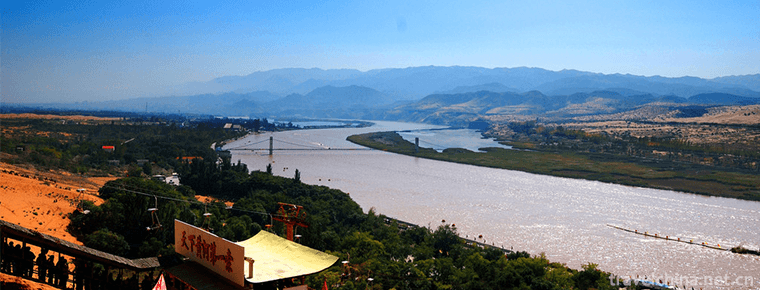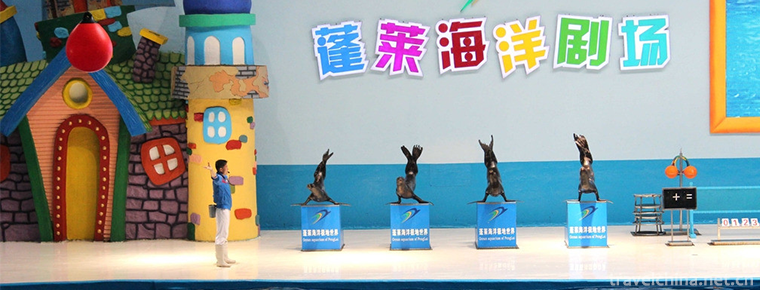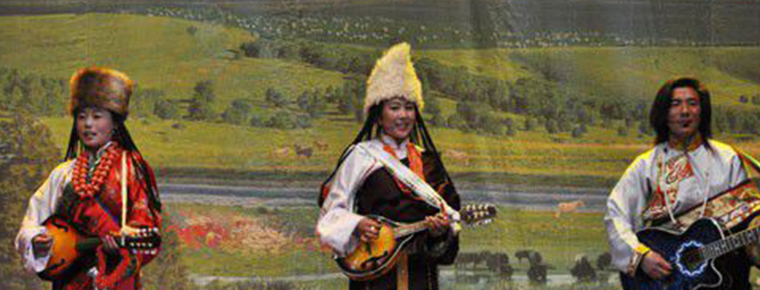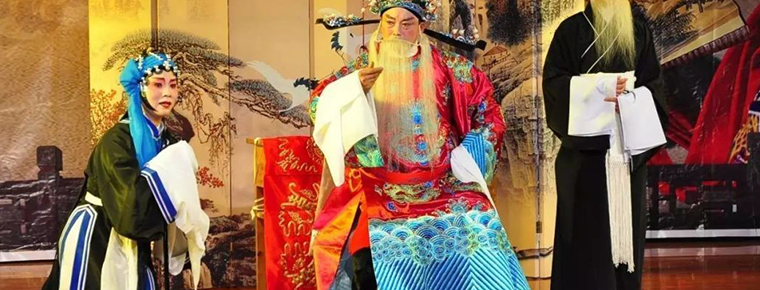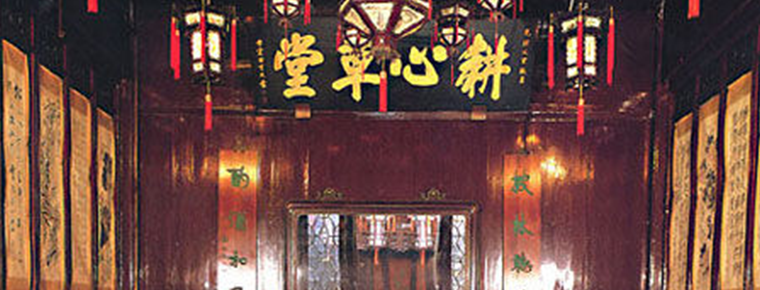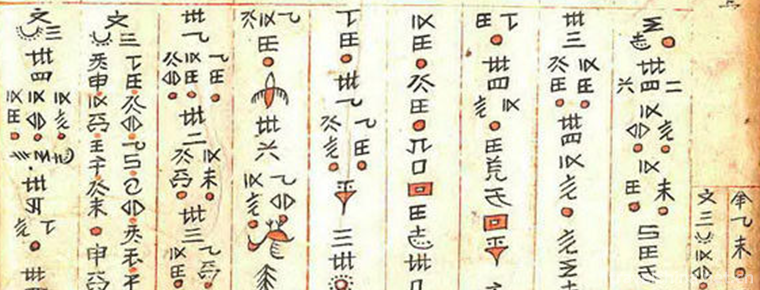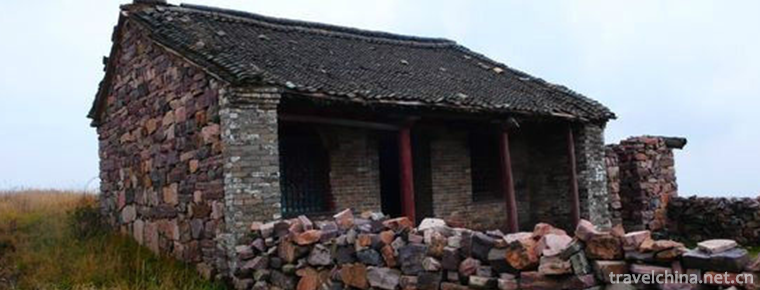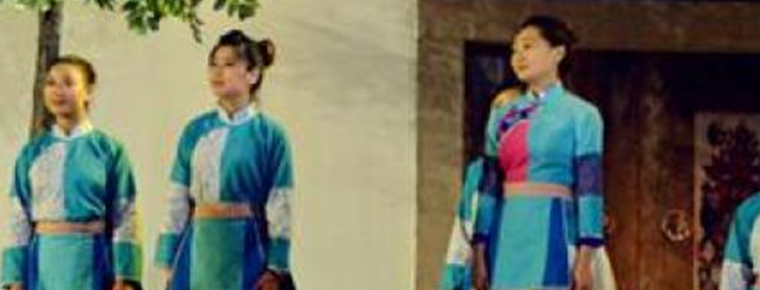Bay Leaf Jing Making Skills
Bay Leaf Jing Making Skills
In June 2008, the technique of making bay leaf Scriptures was listed in the national intangible cultural heritage protection list. The Beiye Sutra (Dai for "lazy") refers to the Buddhist Sutra written on the treated tropical plant Beiye Brown (Dai for "lazy Guo"). After being treated by many traditional and special processes, the bay leaf can prevent insects, waterproof and deformation. The scriptures copied by the bay leaf can be handed down for thousands of years.
On June 7, 2008, Bay Leaf was listed in the second batch of national intangible cultural heritage list with the approval of the State Council.
Historical origin
The Bayesian Classic originated in India and was introduced into the Dai inhabited areas of Yunnan around the 7th century. It has been enriched and developed. Beiye Sutra of Dai nationality not only records Buddhist classics, but also includes many contents of Dai nationality, such as astronomy, calendar, social history, philosophy, law, medicine, science and technology. It is an encyclopedia of Dai culture. It plays an important role in the production and life of Dai people and is regarded as a precious wealth. In Dai Buddhist temples, there is a special Tibetan Sutra Pavilion for the preservation of palm-leaf scriptures. According to folklore, there are more than 80,000 palm-leaf scriptures in ancient times, more than 3,000 in Xishuangbanna, and a large number of them are scattered among the people.
The Dai language is called "Tanlan", which is a classic of Buddhism from the Upper Seat in the south. It is written on a special "Golan" (palm palm leaves) with a folk-made iron pen. The Bayesian Sutra originated in India. It is generally believed that the Baye Sutra was introduced into Sri Lanka around the 7th century AD and then into the southwestern frontier of Yunnan Province through Myanmar and Thailand.
There are about 45,000 Dai palm-leaf scriptures found in Xishuangbanna, Pu'er, Lincang and Dehong of Yunnan, of which more than 2,000 are registered. As the Dai people in Xishuangbanna share the same ethnic origin (Baiyue ethnic group) with the Thai, Lao and Shan people in Thailand and Myanmar, and share the same belief in the Southern Upper Buddhism, their living areas are linked by mountains and rivers, thus forming a Bayesian cultural circle in Southeast Asia. The intangible cultural heritage is often called the "living fossil" of folk cultural history. The Baye Sutra of Yunnan is one of the "living fossils", which is called "Dai culture carved on leaves", which is unique to China and one of the most precious cultural treasures of the Chinese nation.
Inheritance significance
The Dai Beiye Sutra refers to the Scriptures recorded on the bayette with Buddhist classics as the core content. It has played an important role in the social and economic development of the Dai people, the dissemination of Buddhist ideas and the inheritance of Buddhist culture.
Among the numerous national intangible cultural heritages, the Baye Sutra is unique because of its unique craftsmanship and Dai culture. It is only used in Dehong, Xishuangbanna and other places in Yunnan, China. The famous "Shaoshutun" (Peacock Princess Story) comes from the Southern Dai Buddhist classic "Baye Sutra" in Yunnan. It is self-evident that the protection of the palm-leaf scriptures is of great significance. However, the reality is that there are many people in Yunnan who can speak Dai language, but few people can understand and write Dai language, and even fewer can write the Baye Sutra. Fortunately, the protection of "living fossils" in Yunnan has been ongoing.
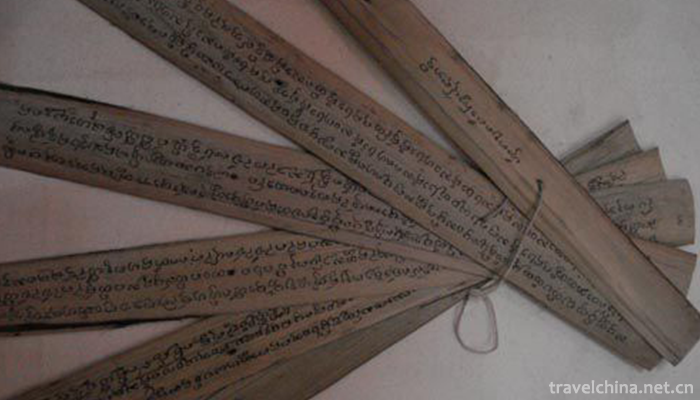
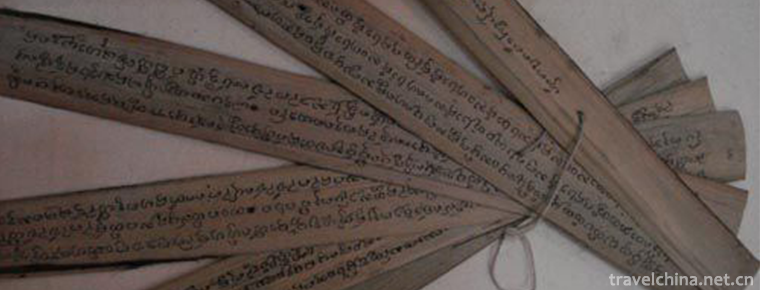
Bay Leaf Jing Making Skills
-
Scenic Spot of the Source of the Yellow River
Kariqu, one of the sources of the Yellow River, started with five springs, and Maqu, the other with only one springs. This is the source area of the Yellow River. Tourists here can't imagine that the
Views: 190 Time 2019-01-18 -
Penglai Ocean Polar World
Penglai Ocean Polar World is located at the foot of Penglai Danya Mountain. It is adjacent to the famous Penglai Pavilion. It is invested by Penglai Haifeng Industrial Co., Ltd. for 460 million yuan
Views: 251 Time 2019-02-07 -
Zamuni of Tibetan Nationality Playing and Singing
"Zamuni" is also called the Six Stringed Orchestra, a traditional Tibetan plucked instrument. Mainly spread in Lhasa, Shannan, Ali, Lazi (Bahir), Sakya, Angren, Dingri and other places
Views: 144 Time 2019-04-15 -
Chun an Triangle Opera
Sanjiao Opera is one of the traditional operas in Hangzhou, Zhejiang Province. Chun'an folk custom is still singing and dancing. Every Spring Festival Lantern Festival, there are Nuo operas
Views: 127 Time 2019-04-22 -
Hu Qingyutangs Traditional Chinese Medicine Culture
Hu Qingyutang's traditional Chinese medicine culture is one of the national intangible cultural heritages and the traditional trade customs preserved by Hu Qingyutang.
Views: 165 Time 2019-05-03 -
Shui Shui Custom
"Shuishu" is a prototype written by the ancestors of the Shui nationality of the minority nationalities in Southwest China. Shui Shu custom is the formation, development and inheritance of S
Views: 216 Time 2019-06-15 -
The Legend of Shun
Shun was born in Zhufeng Village, Yongji County. His surname is Yao and his name is Chonghua because of his double pupils. Soon after his mother gave birth, he died. His father married a stepmother an
Views: 143 Time 2019-06-16 -
the Wu Ballads
Wuge is the oral literary creation of the majority of the people in Wu dialect area, which originated in southeastern Jiangsu Province, and Suzhou is the central area for the generation and developmen
Views: 166 Time 2019-06-29 -
Former residence of Wu Yuzhang
Wu Yuzhang's former residence is located in group 6, caijiayan village, Shuangshi Town, Rong County, Zigong City, Sichuan Province. It is 14km away from the county seat and 32km away from Zigong City.
Views: 183 Time 2020-10-15 -
Huahu Lake
Huahu is located on the 213 national road between Ruoergai in Sichuan Province and Langmu temple in Gansu Province. It is a natural Haizi on the grassland of GER dam. Geer dam is the second largest grassland in China after Hulunbeir Grassland
Views: 171 Time 2020-11-07 -
Contact information of Chengdu Giant Panda Base
Contact information of Chengdu Giant Panda Base
Views: 172 Time 2020-12-13 -
Guangan hydrology
There are two main streams of Jialing River and Qujiang River in Guang'an City. There are more than 700 large and small rivers and streams. There are 35 primary and secondary tributaries with a drainage area of more than 50 square kilometers. Among the
Views: 343 Time 2020-12-19
